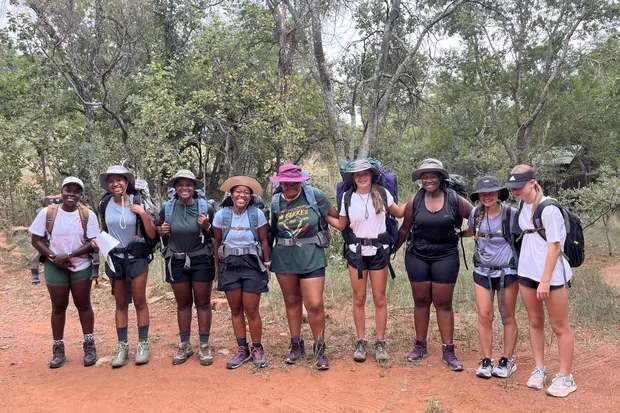Message from the chaplain - 20 July 2018
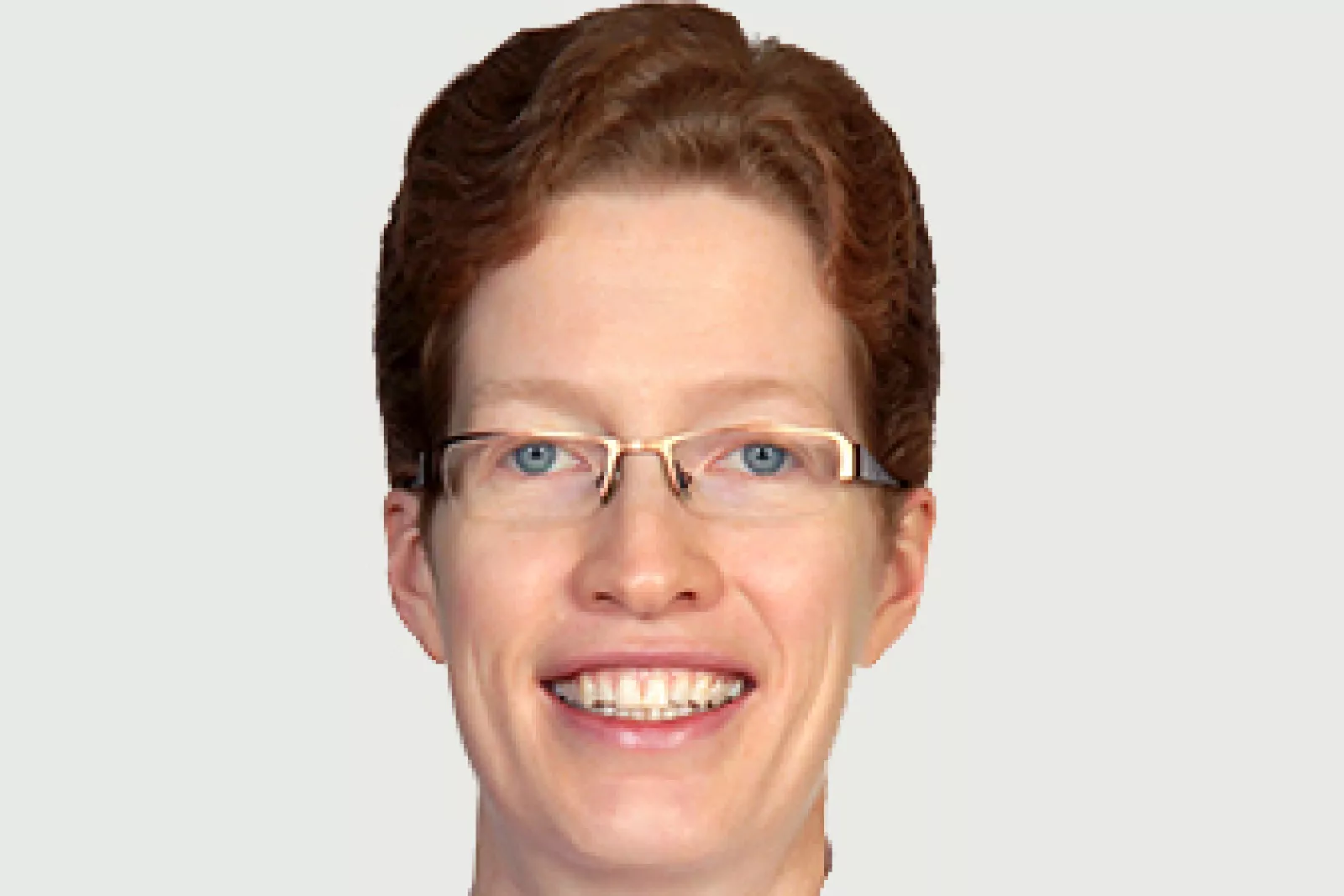
From 2 to 11 July, I had the privilege of going on a pilgrimage to Egypt and Israel, led by Bishop Steve Moreo. These are some of the sites we visited:
To flee King Herod, the Holy Family lived in exile in Egypt shortly after Jesus’ birth. We visited the cave in which it is believed that the Holy Family stayed, and over which the Saints Sergius and Bacchus Church is built.
In Israel, we travelled to Masada, one of the impressive fortresses built by King Herod the Great. We also went to Qumran, former home of the Essene community and the place the Dead Sea Scrolls were found. Bishop Steve led a service of Renewal of Baptismal Vows at the site Jesus is said to have been baptised, alongside the River Jordan.
Nazareth was Jesus’ hometown for much of his early life. There, we visited the Church of the Annunciation, where tradition tells us the angel Gabriel announced to Mary that she would give birth to Jesus. The church is a relatively new building, decorated inside and outside with mosaics from many nations, including South Africa. We visited the traditional site of Jesus’ first miracle at Cana, Galilee. It was at this site that Bishop Steve led a beautiful service of the Renewal of Wedding Vows.
Standing on the Mount of the Beatitudes overlooking the Sea of Galilee, from which Jesus preached the Sermon on the Mount, it is not difficult to imagine Christ speaking to his disciples. Mensa Christi is a church built on the shore of the Sea of Galilee, on what is traditionally the site of Christ’s words to Peter following Christ’s resurrection: “feed my lambs”.
We went to Caesarea, the ruins of a once-thriving port city built by King Herod the Great. Paul was likely placed in the prison under King Herod’s palace. In Caesarea one can see the remains of a dedication stone inscribed with the name of Pontius Pilate who washed his hands of Christ’s sentencing. In Bethlehem, we visited the “Birth Church”, built over a cave in which Christ is said to have been born.
Visiting Jerusalem itself was the highlight for me, particularly the view of the Old City from the Mount of Olives, now adjacent to the City of David owing to a change in the city boundaries. We walked the Via Dolorosa, culminating in the magnificent Church of the Holy Sepulchre, built on one of the traditional sites of Christ’s crucifixion and of his tomb.
My pilgrimage has given “flesh” to my imagining Christ walking through his life and ministry, because I have been to the places Christ would have been. There is still a need for imagination in visiting many of the sites we
saw, owing to urbanisation. Also, on each of the many sites, a church has been built, some ancient and some far newer. However, much remains of what Christ would have seen and experienced, and these churches are a testament to the faith and prayers of fellow pilgrims. Many sites are associated with Christ’s life by tradition – for some sites, archaeological evidence backs the claims of tradition – but not all. As our guide said to us, based on biblical accounts, “if not here, then near here”.
That Israel and Palestine are sites of continued conflict is painfully clear as one journeys across the border between Israel and Palestine. The conflict between Israel and Palestine seems intractable. As Christians, our lives are a continuous pilgrimage with God in hope and, as such, we continue to uphold the nations of Israel and Palestine in our prayers.
I am grateful to Ms Deanne King and to the St Mary’s community for allowing me this life-changing opportunity, and to Bishop Steve for his spiritual leadership in our journey.
Revd Claudia Coustas
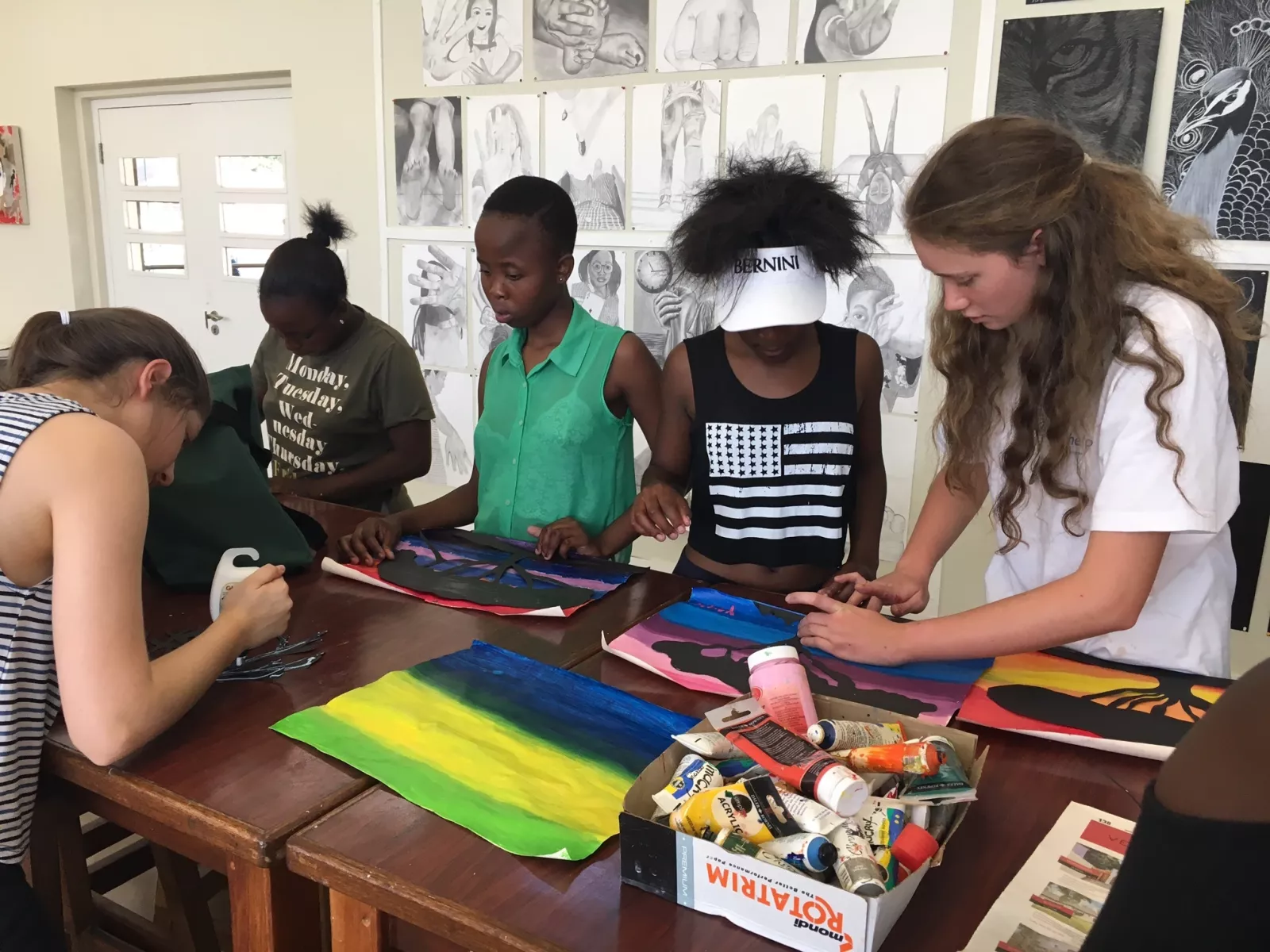
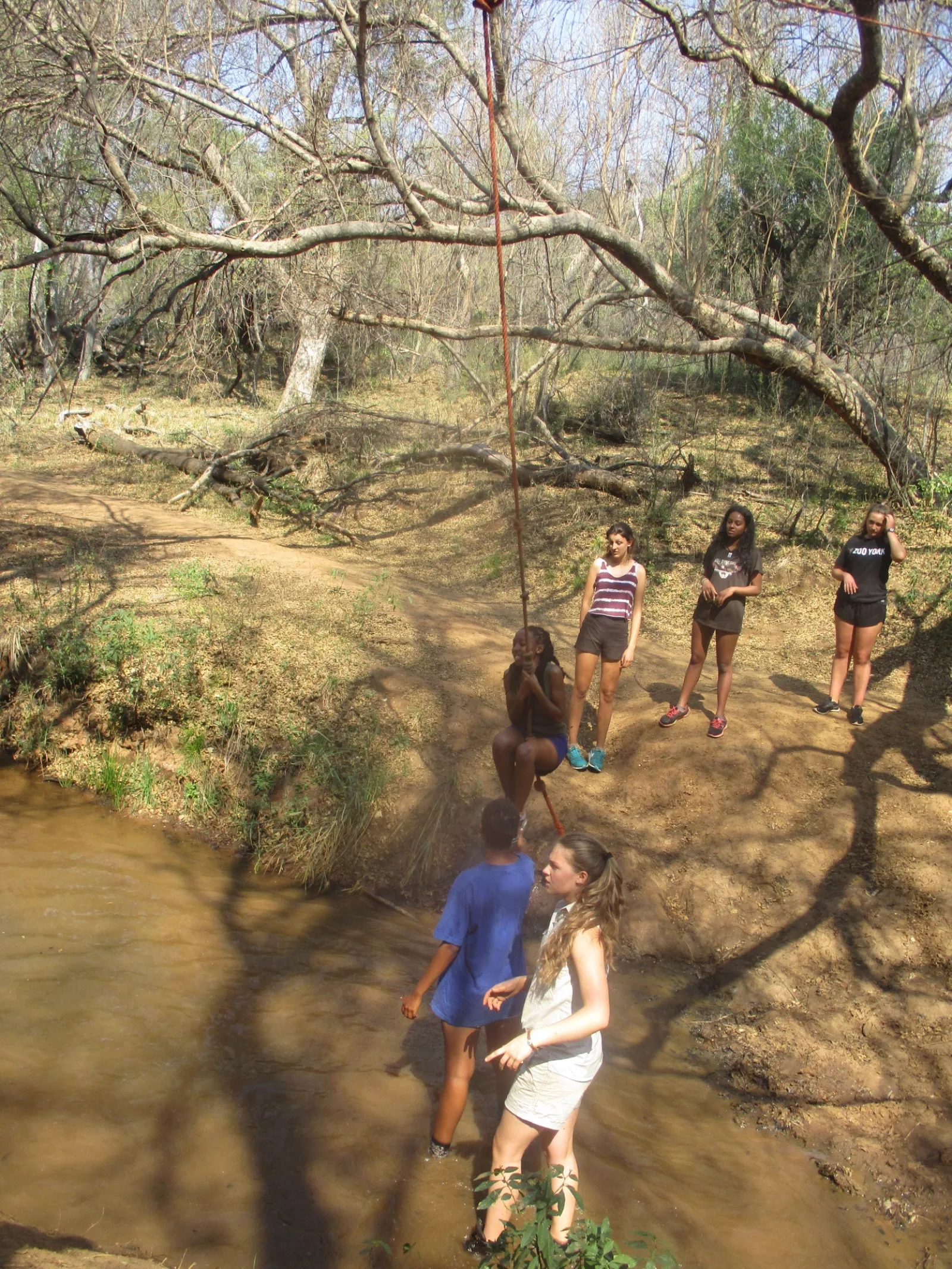
Related News
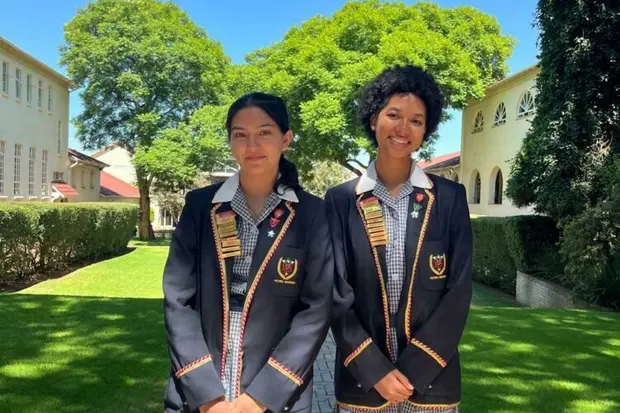
From the Senior School head's desk: 31 January 2025
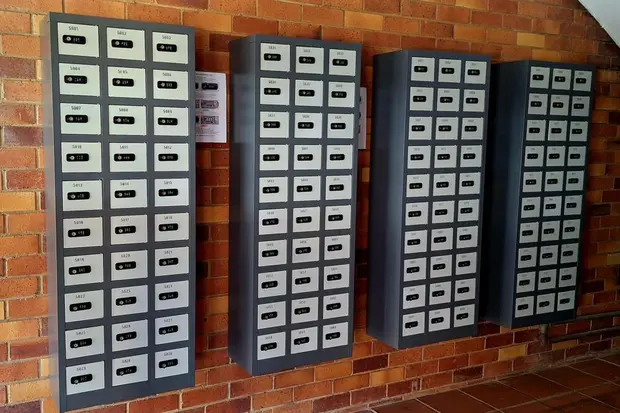
Cellphone-free academic time
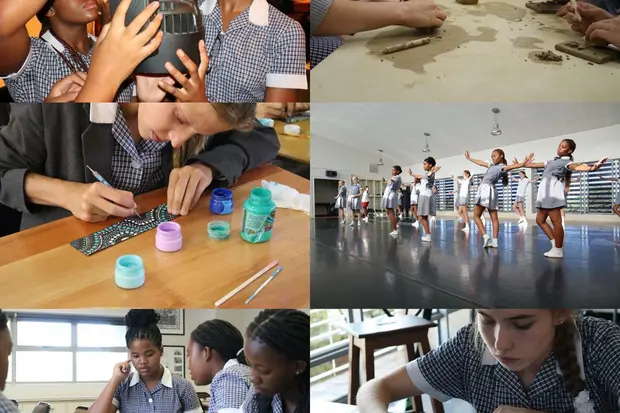
Cultural clubs
